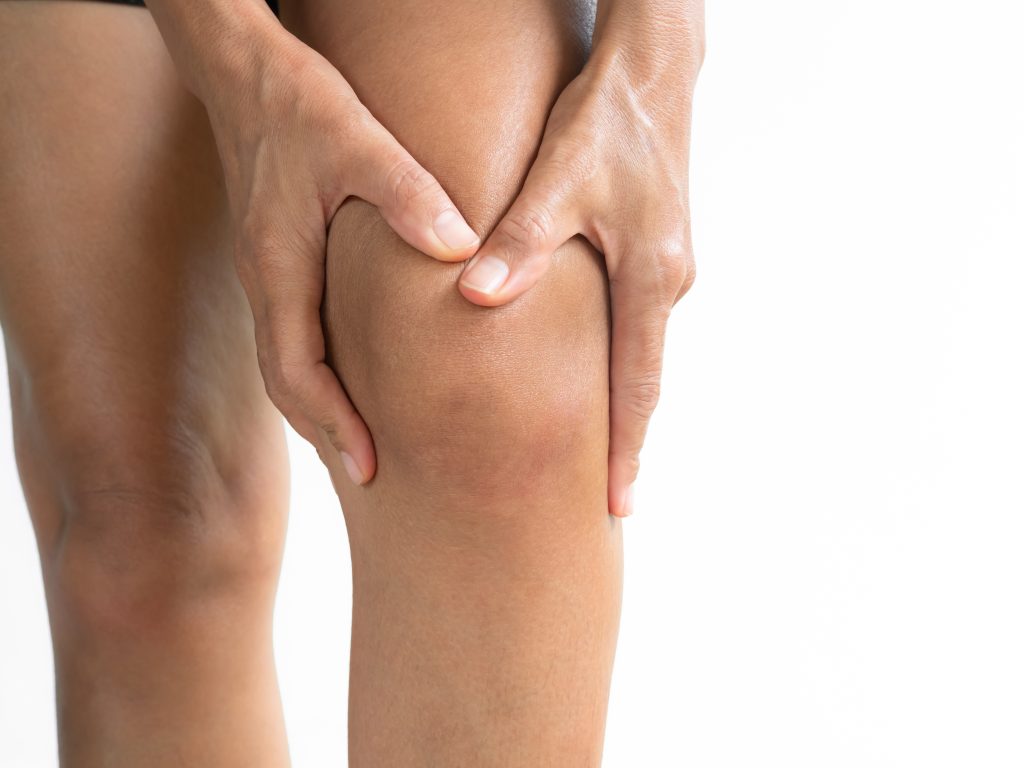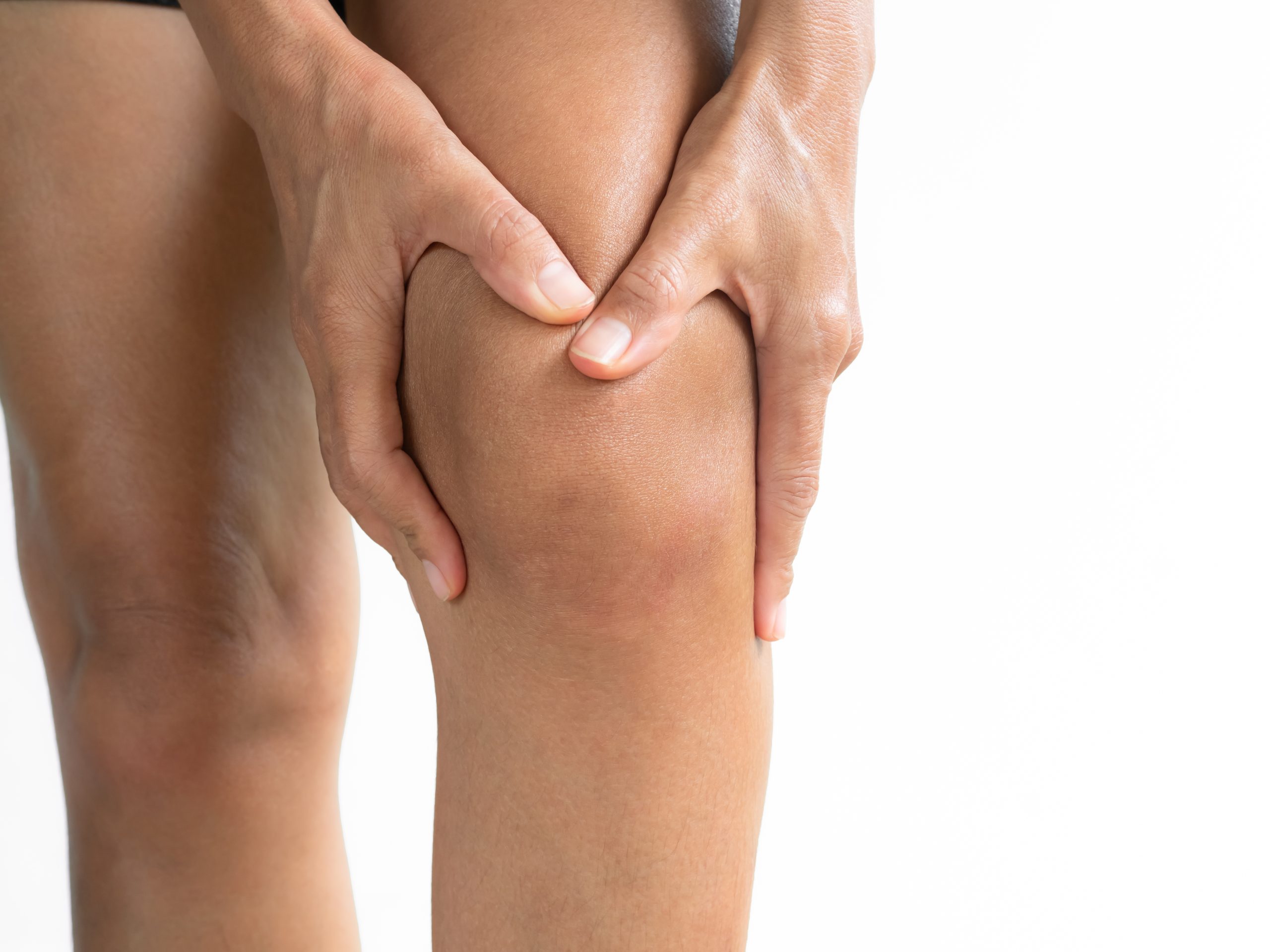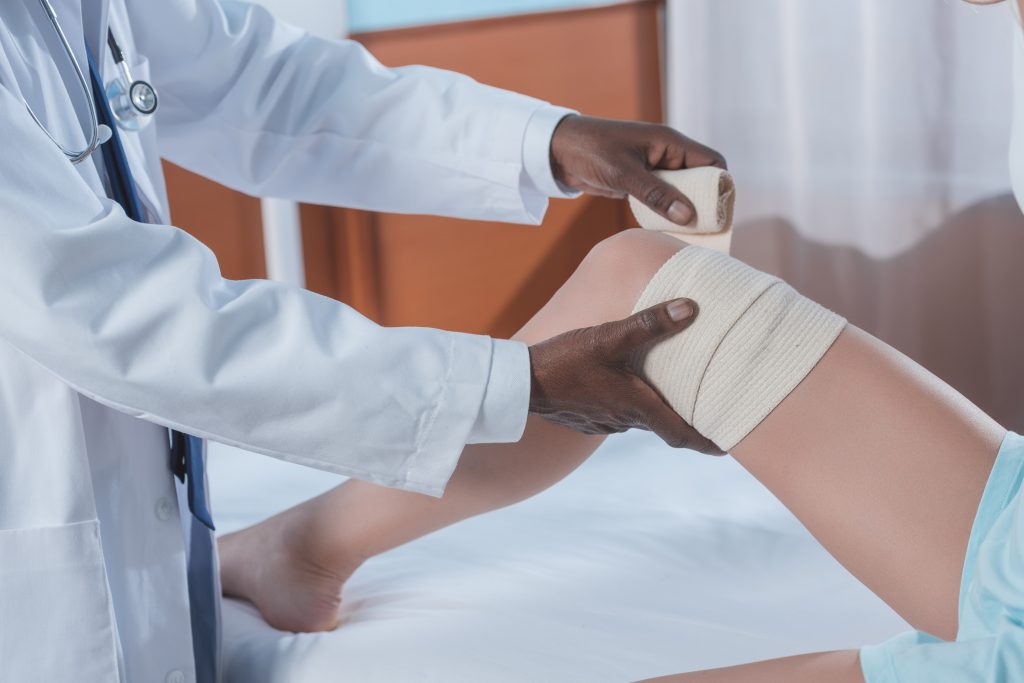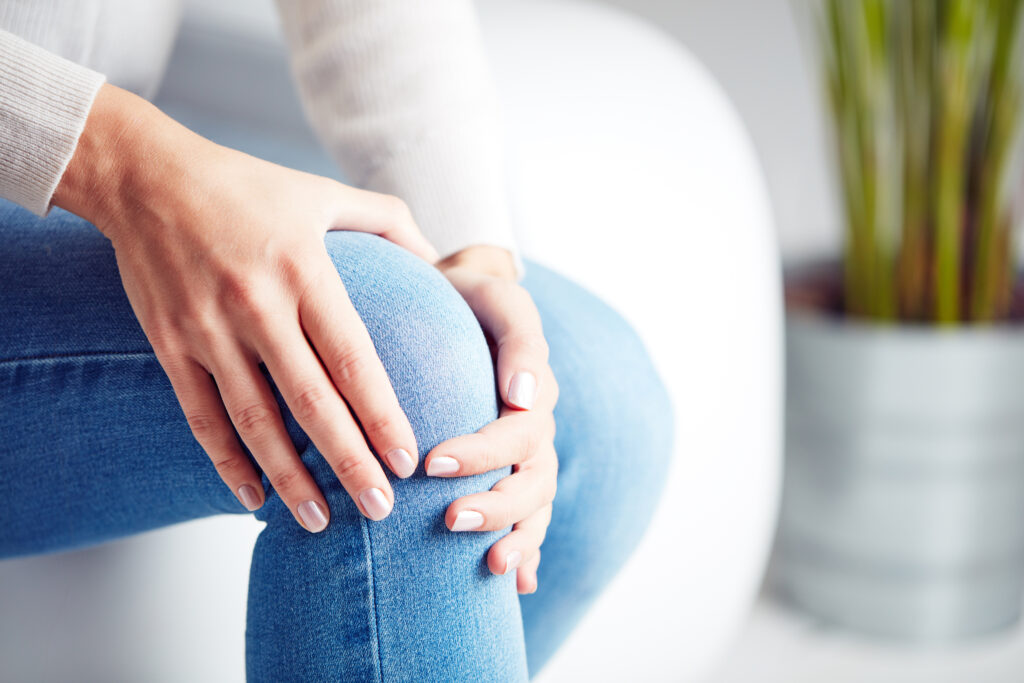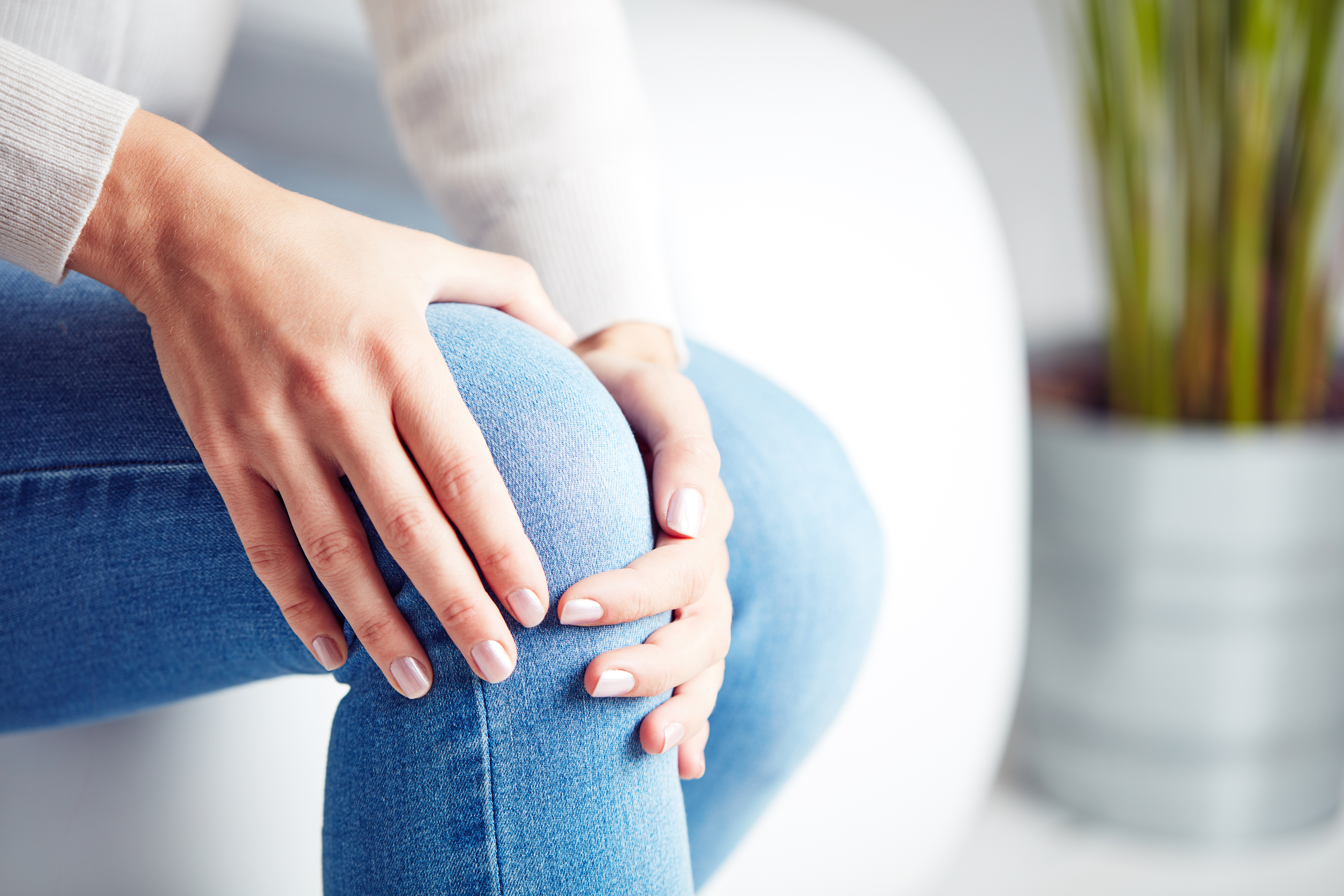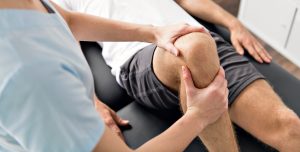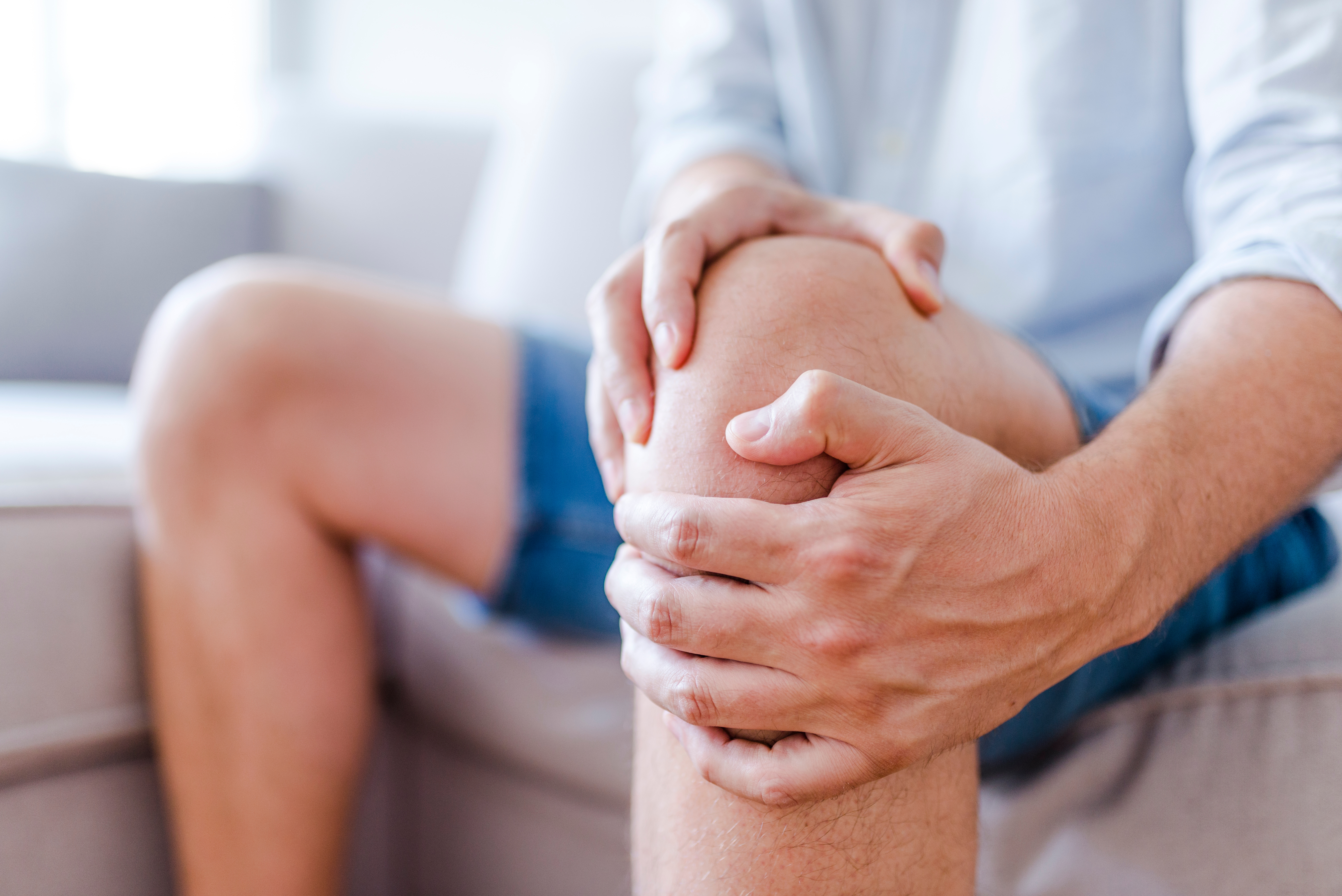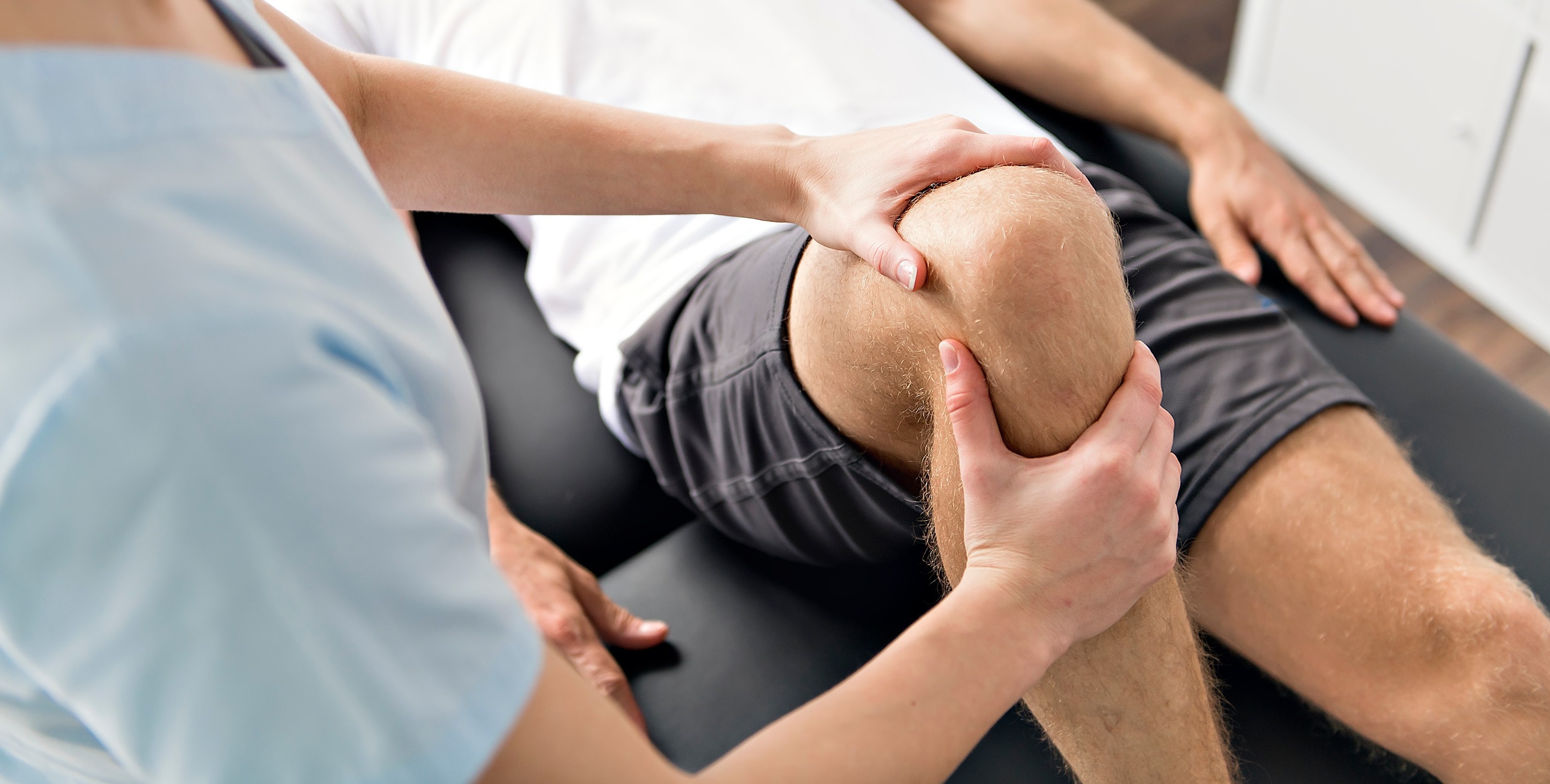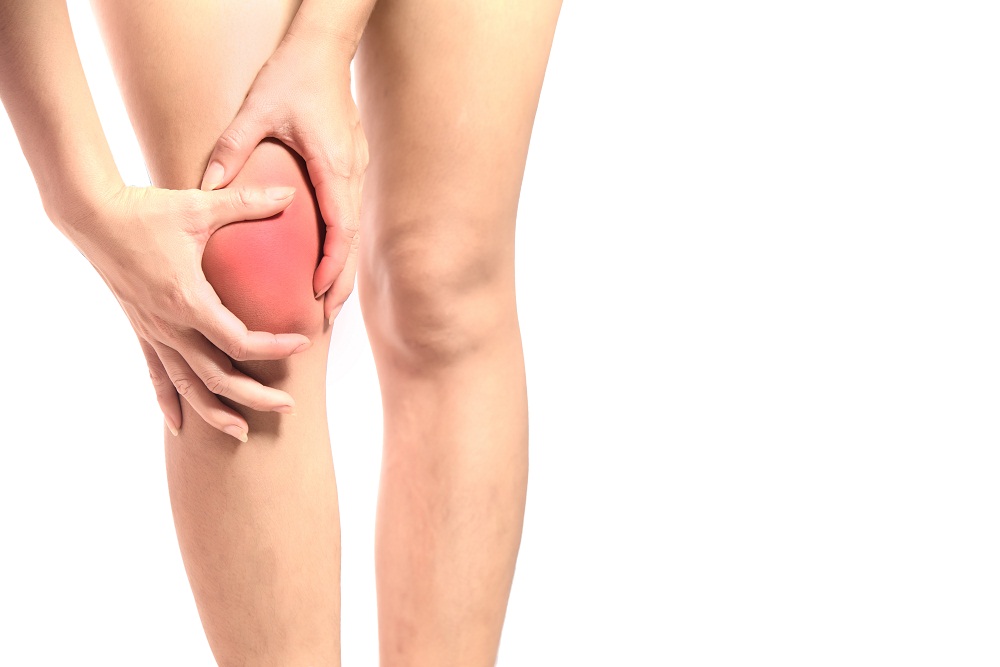 Experiencing knee pain can significantly restrict your daily activities, making even simple motions like bending your leg an ordeal.
Experiencing knee pain can significantly restrict your daily activities, making even simple motions like bending your leg an ordeal.
Whether it’s a sharp pain in your knee when kneeling or a dull ache when straightening your leg after sitting, understanding the root causes is the first step towards finding relief.
The knee, a complex joint that supports much of our body weight, is vulnerable to a variety of injuries and conditions.
This article will guide you through the causes of knee pain when bending, explore effective treatments, and offer tips for prevention.
Keep reading to discover how to maintain healthy knees and return to your favorite activities.
Why Does My Knee Hurt When I Bend It?
Experiencing knee pain when bending your leg can manifest in various forms and locations, each potentially pointing to a different underlying issue.
Feeling pain behind the knee when bending might signal a problem such as a Baker’s cyst, while a very sharp pain in the knee when bending could be indicative of conditions like meniscus tears or patellar tendinitis.
If the discomfort is situated above the kneecap, this might suggest quadriceps tendinopathy, whereas pain under the kneecap when bending often points towards patellofemoral pain syndrome.
Identifying the specifics of your pain is a crucial step towards pinpointing its cause and guiding effective treatment routes.
Pain Behind Knee When Bending
Experiencing pain behind your knee when you bend your leg can often feel like a catch or intense pressure, leaving you uncomfortable or even immobile in severe cases. This type of discomfort might be attributed to conditions such as Baker’s cyst, characterized by a buildup of fluid behind the knee. This situation stresses the tissues around the knee, resulting in pain that intensifies upon bending.
Another common cause of pain behind the knee when bending is a meniscus tear. This injury involves the tearing of the meniscus, which is a fibrocartilage crescent shaped structure on either side of the knee, that acts as a shock absorber between your thighbone and shinbone. A meniscus tear not only causes pain but often leads to swelling, restricted movement, and an unsettling feeling of instability in the knee, complicating simple actions like bending and straightening the leg. Immediate and appropriate attention from a health professional is vital to manage the symptoms and prevent further damage.
Very Sharp Pain in the Front of the Knee When Bending
Encountering a very sharp pain in the front of the knee while bending can be a frightening experience, often leaving you wary of moving your leg at all. This type of pain is frequently related to patellar tendinitis, where the tendon connecting your kneecap to your shinbone becomes inflamed. The discomfort is typically sharp and localized, intensifying with movement, especially when bending the knee during activities such as squatting or climbing stairs.
Additionally, a very sharp pain in your knee when bending could indicate a problem with the patellar tendon, such as a rupture or severe strain. Such conditions are less common but can result from a sudden, forceful impact or excessive strain on the knee, common in sports or physically demanding activities. Early diagnosis and treatment are crucial to prevent long-term damage and restore knee function, highlighting the importance of seeking medical advice if experiencing this type of knee pain.
Pain Above Kneecap When Bending
Encountering pain just above the kneecap when you bend your leg can be indicative of quadriceps tendinopathy, a condition characterized by inflammation and injury to the tendon that attaches your quadriceps muscle to the patella. This type of pain is often a result of repetitive stress or sudden increases in physical activity, leading to soreness and discomfort that manifests most acutely during movements involving the knee, such as bending or jumping.
Pain under the Kneecap When Bending
When you feel pain in front of the kneecap while bending, you could be dealing with patellofemoral pain syndrome, often accentuated by movements that increase pressure on the knee, such as squatting or descending stairs. This ailment arises from the misalignment or excessive stress on the patella, leading to discomfort and aggravation during knee flexion activities.
Another condition associated with pain in this area is chondromalacia patellae, characterized by the thinning and breakdown of the cartilage beneath the kneecap. The degeneration of this cartilage typically occurs as we age and can result in pain and discomfort under the kneecap, becoming more prominent with bending motions that press the patella against the thigh bone.
Knee Exercises
Incorporating knee exercises into your daily routine stands out as an effective measure for alleviating pain when bending your leg. These exercises mainly focus on strengthening the muscles surrounding the knee, such as the quadriceps and hamstrings, to improve alignment and reduce stress on the knee joint. By enhancing muscle strength and flexibility, you contribute to a more stable and less painful knee movement.
Starting with gentle stretching exercises can gradually improve the flexibility and range of motion of your knee, decreasing the likelihood of pain during bending activities. Progressing to strength training exercises, specifically tailored to your condition and fitness level, further fortifies the knee against injury and discomfort. It’s advisable to seek guidance from a physical therapist to ensure that you’re performing these exercises correctly and safely, optimizing their benefits while minimizing the risk of further injury.
Medical Treatment
Exploring professional medical interventions is imperative if your knee continues to ache despite home remedies and lifestyle adjustments.
These treatments can range from less invasive options like physical therapy, which targets strengthening and flexibility, to more invasive treatments such as injections.
In certain cases, immobilization with a brace might be necessary to allow your knee the rest it needs to heal properly.
Surgery, although considered a last resort, typically is an option when other treatments fail to relieve your symptoms, particularly in severe injuries or chronic conditions that impair your knee’s functionality.
Each of these medical interventions offers a tailored approach to effectively address your specific knee issues, fostering recovery and enhancing your mobility.
Physical Therapy
Physical therapy presents a cornerstone in the management of knee pain when bending, offering a personalized approach to rehabilitation. Through a blend of exercises designed to strengthen the muscles around your knee and improve flexibility, physical therapists work to enhance your knee’s stability, aiming to reduce pain and improve overall function.
During your sessions, a physical therapist might also employ manual therapy techniques to reduce stiffness and increase joint mobility, directly addressing the discomfort you experience when bending your knee. This hands-on approach, coupled with an exercise regimen you can follow at home, equips you with the tools to manage your knee pain and fosters long-term knee health.
Knee Injections
When it comes to managing knee pain and inflammation, knee injections can be a highly effective treatment option. These injections typically contain corticosteroids, and hyaluronic acid, and are administered directly into the knee joint by a healthcare professional. Corticosteroid injections work by reducing inflammation and providing pain relief, while hyaluronic acid injections help lubricate the joint and improve mobility.
Knee injections are often recommended for individuals who have not experienced relief from other conservative treatments such as medications or physical therapy. They can provide significant pain relief and improve joint function, allowing individuals to engage in daily activities with greater ease. However, it is important to consult with a healthcare provider to determine the most appropriate type of knee injection. Overall, knee injections can be a valuable tool in managing knee pain and restoring mobility for individuals looking to regain their quality of life.
Surgery
If your journey to overcome knee pain when bending has led you through various treatments without relief, surgery might be the suggestion from your healthcare provider. This intervention is generally reserved for severe cases where other methods have not improved your condition, such as significant injuries to the ligaments, tendons or meniscus, or chronic conditions like arthritis that severely limit your mobility and quality of life.
Surgical options vary depending on the underlying cause of your knee pain but can include procedures like arthroscopy for less invasive corrections, reconstructive surgeries to repair damaged ligaments, or even knee replacement for advanced arthritis. Your surgeon will guide you through the decision-making process, ensuring you understand the benefits and risks associated with surgical treatment for your specific knee issues.
When to See a Doctor
Recognizing when to seek medical advice is crucial if you’re experiencing knee pain when bending your leg. If your knee pain persists despite trying home remedies or if the discomfort significantly limits your day-to-day activities, it’s time to consult a health care provider. Severe or sustained pain warrants prompt attention to avoid further complications.
Pay attention to symptoms that accompany your knee pain, such as swelling, redness, or a sensation of warmth around the joint. These signs could indicate an underlying condition that requires professional medical intervention..
If you hear a popping noise followed by immediate knee pain when bending, this can be a sign of a serious injury, such as an anterior cruciate ligament tear. This type of injury is common in sports and requires a thorough examination by a healthcare professional. Delaying evaluation and treatment can lead to instability and potential long-term joint damage.
Lastly, experiences of locking or an inability to fully straighten the knee are signals that should prompt a visit to a physician. This could be indicative of a mechanical issue within the knee, such as a meniscus tear or loose body within the joint, which may require advanced treatments like surgery to resolve. Consulting with a healthcare provider can elucidate the nature of your knee issue and guide the most effective treatment plan.
Diagnosing the Causes of Knee Pain
Identifying the root cause of your knee pain necessitates a thorough examination by a healthcare professional. They will commence with a detailed medical history and a physical examination to evaluate the specific characteristics of your pain. This meticulous approach helps pinpoint whether the issue stems from the tendons, ligaments, cartilage, bones, or a combination of these structures within or surrounding your knee.
Advanced imaging tests play a pivotal role in diagnosing the precise cause of knee pain. Magnetic resonance imaging (MRI) is especially beneficial as it provides detailed images of the knee’s internal structures. This allows clinicians to assess for injuries or abnormalities in the bone, cartilage, tendons, and ligaments, offering invaluable information for a definitive diagnosis.
In certain cases, your physician might recommend a CT scan to get a more detailed view of the bone structure of your knee. This is particularly useful for evaluating bone fractures or more complex structural issues. The goal is to obtain a comprehensive understanding of your knee pain’s etiology, guiding the development of an effective treatment plan tailored to your specific condition.
For some specific conditions, such as gout or infection, drawing and analyzing fluid from your knee joint might be necessary. This procedure not only aids in diagnosing conditions caused by issues like uric acid crystals or bacteria but also helps in relieving pressure and discomfort in the knee. By understanding what’s happening inside your knee joint, your healthcare provider can more accurately determine the cause of your pain and the best course of action for treatment.
Treatment Options and Management
Once a diagnosis is made, various treatment options may be recommended based on the specific condition identified. For instance, if you’re diagnosed with patellofemoral pain syndrome or arthritis, the orthopedic surgeon may prescribe medications such as ibuprofen or corticosteroid injections to manage pain and inflammation. In cases of severe degenerative disease, joint replacement surgery, including knee replacement, may be necessary to restore function and alleviate pain. Additionally, physical therapy and strength training exercises are often prescribed to improve muscle strength and flexibility, promoting better joint stability and overall mobility.
Preventive Measures and Lifestyle Modifications
Incorporating preventive measures and lifestyle modifications can play a significant role in managing knee pain and reducing the risk of future injuries. Maintaining a healthy body weight through proper diet and exercise is essential, as excess weight can contribute to added stress on the knee joints. Furthermore, wearing appropriate footwear and using shoe inserts can help provide better support and shock absorption during physical activities like running or basketball, reducing the likelihood of injury. Engaging in low-impact exercises such as water aerobics or cycling can also help improve joint flexibility and strengthen surrounding muscles without placing excessive strain on the knees.
Recovery
Recovery from knee pain, particularly when it intensifies with bending, often hinges on a combination of rest, targeted therapy, and gradual re-introduction to physical activity. Your body signals the pace at which you can advance, urging a cautious approach to prevent re-injury or exacerbation of pain. Adhering to the guidance of your health care provider ensures a balanced route back to wellness.
Engaging in physical therapy plays a substantial role in your recovery process. By focusing on strengthening and increasing flexibility around your knee, you contribute significantly to stabilizing the joint and alleviating discomfort. Consistent participation in prescribed exercises expedites your journey towards regaining full knee function.
Takeaway
Navigating through the complexities of knee pain when bending your leg requires a multifaceted approach, from understanding its various causes to exploring effective treatments.
The journey towards finding relief is underscored by the wealth of information and the range of solutions available.
As we distill insights from various credible sources, the emphasis has been placed on delivering content that empowers you to take informed steps towards managing your condition.
Conclusion
Understanding the causes of knee pain when bending your leg and exploring treatments is crucial for effective management and relief.
Various conditions, from Baker’s cyst to patellar tendinitis, can cause pain in different areas of the knee, highlighting the importance of accurately diagnosing the root cause.
Home remedies like the ice application, and OTC medications offer initial relief, while specific exercises can strengthen the knee and improve mobility.
For more persistent or severe pain, medical treatments such as physical therapy, injections, or in severe cases, surgery, may be necessary.
Knowing when to seek medical advice is essential to prevent further complications.
Ultimately, a multifaceted approach to understanding and treating knee pain when bending can lead to better outcomes, empowering individuals with the knowledge and treatments to manage their condition effectively.
